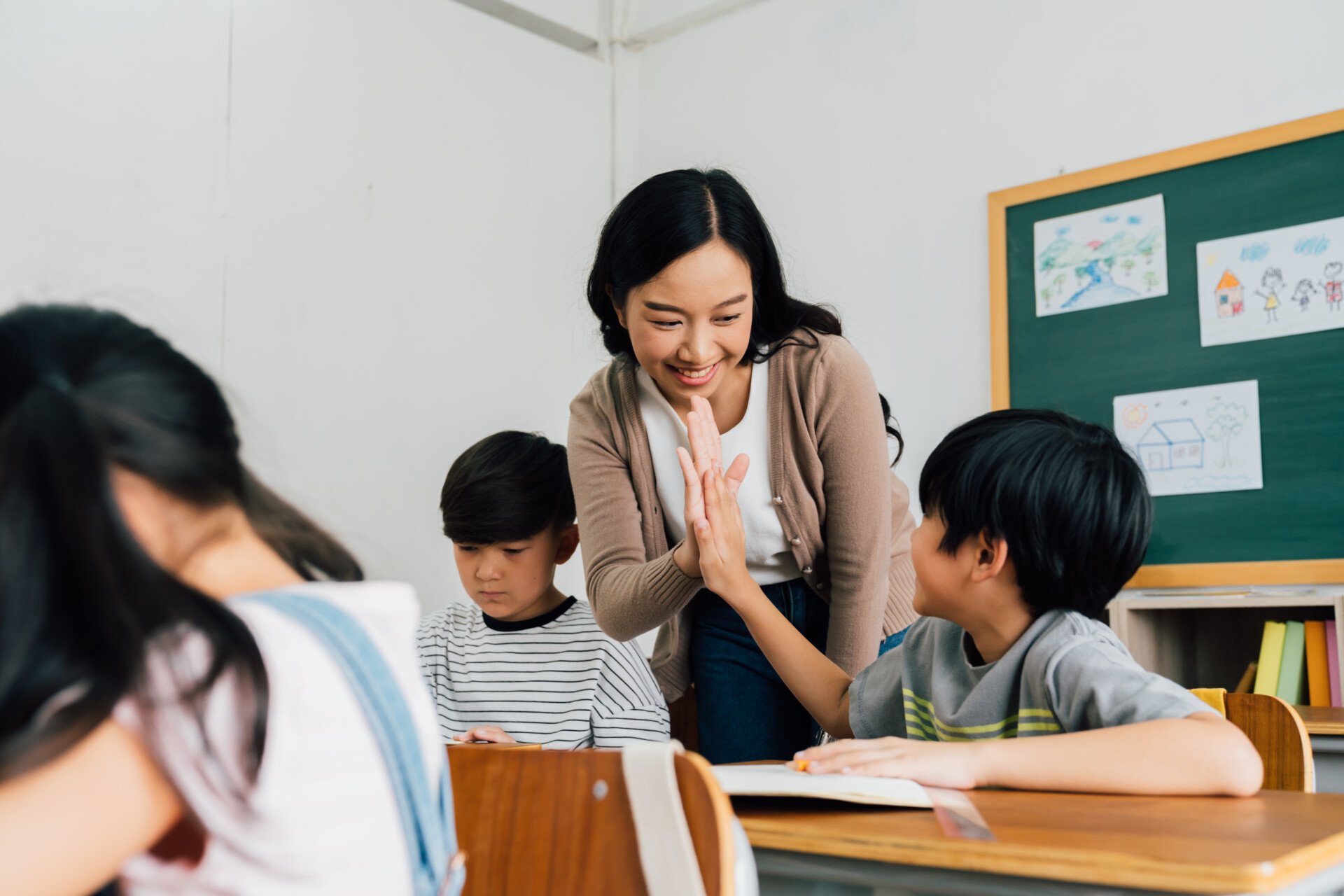Anyone who remembers a cheerful teacher lifting the mood of a classroom—or a frustrated one casting a cloud—knows that emotions are contagious. But how exactly do feelings flow between teachers and students?
A new study offers some of the clearest evidence yet that emotions are not only shared in classrooms but can be passed back and forth from one lesson to the next.
A study by Li and colleagues published in the British Journal of Educational Psychology (2025), explores the dynamic, reciprocal transmission of emotions between primary school teachers and their students over time.

The researchers found that while teachers’ emotions were mostly influenced by their own previous mood, students’ emotions were more strongly shaped by their perception of how their teacher was feeling.
In particular, students who sensed more positivity from their teacher in a previous lesson tended to report feeling better in the next one. Conversely, student-reported negative emotions could persist if they perceived their teacher as frustrated or upset.
Why is this understanding this important?
Understanding how emotions spread in classrooms is crucial because emotional experiences affect how students engage, learn, and behave.
Positive feelings can boost motivation and classroom harmony, while negative emotions may hinder learning and increase stress.
This study sheds light on the subtle emotional exchanges that can shape a day at school, and suggests that teachers’ emotional states—especially positive ones—play a key role in cultivating a supportive classroom environment.
The research was conducted in Taiwan and involved 20 homeroom teachers and 306 students in grades 4 and 5. Over five school days, both teachers and students completed short surveys after each lesson.
Teachers rated their own emotions, while students reported both how they felt and how they perceived their teacher’s mood. In total, the study analyzed nearly 4,000 lesson reports from students and 249 from teachers.
The researchers focused on two broad categories of emotion: positive (including enjoyment, pride, relaxation, and calmness) and negative (including anger, anxiety, disappointment, and boredom).
Their analysis revealed that while teachers’ emotional patterns were relatively stable—shaped primarily by how they felt in the previous lesson—students’ emotions were more volatile and sensitive to changes in the classroom environment.
Crucially, students’ emotions were not just influenced by their own previous feelings.
Their perception of how their teacher felt played a key role. If a student saw their teacher as calm and positive, they were more likely to report feeling upbeat in the next lesson. Likewise, if they sensed negativity, their own emotions tended to sour.
Interestingly, the reverse wasn’t as strong: students’ emotions didn’t appear to affect how teachers felt in subsequent lessons.
This supports the idea that teachers often act as emotional anchors in the classroom. Their expressions and moods can ripple outward, influencing students’ emotional states, but they may be less reactive to student moods—possibly due to professional boundaries or emotional regulation strategies.
Another finding was that positive teacher emotions could help buffer against future negativity. When teachers felt good in one lesson, both they and their students were less likely to report negative feelings in the next.
However, the researchers also noticed that emotional responses weren’t always straightforward. In some cases, students who had previously perceived high levels of teacher positivity went on to report more negative emotions later.
This could be due to mixed emotional signals or students perceiving emotional expressions as inauthentic.
The implications of this research are far-reaching.
In an era where teacher burnout is rising and student mental health is under growing pressure, understanding the emotional climate of the classroom is more important than ever.
The study suggests that encouraging teachers to cultivate and share genuine positive emotions—rather than suppressing negative feelings or “faking” a cheerful attitude—could make a real difference in students’ well-being.
That said, the study does come with caveats. The sample was limited to Taiwanese classrooms, and participants were volunteers, which may skew the findings.
Additionally, the data relied on self-reports, which can be affected by bias. The study also didn’t include teachers’ perceptions of students’ emotions, leaving out a potentially important piece of the puzzle.
Still, this is one of the first studies to track emotional exchanges in real time across multiple lessons and from both teacher and student perspectives. The findings add weight to the idea that classrooms are not just spaces for intellectual exchange, but emotional ecosystems where moods can ripple and linger.
Ultimately, the research highlights the power of a teacher’s smile—or frown. While teachers may not always realize how much their emotional presence matters, students are paying attention. And those subtle signals may shape how they feel, how they learn, and how they show up in the next class.
Citation
Li, H., Mayer, D., & Malmberg, E. Are teachers’ and students’ emotions reciprocally transmitted in the classroom? British Journal of Educational Psychology. https://doi.org/10.1111/bjep.70006


